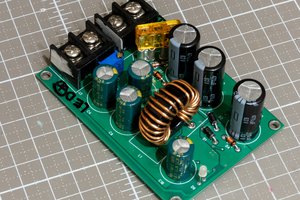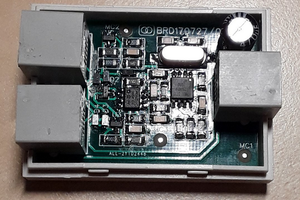An elderly neighbor sometimes does not hang up the cordless phone by pressing the end call button, keeping the line busy and no incoming calls can get thru.
My idea is to interrupt power to the cordless base station for 1 minute and then restore power.
A power on reset to the cordless base station should clear the Off hook condition.
Manual test of taking a cordless phone Off hook to place a call, and then removing power to the base station for one minute, and then restore power.
The cordless phone that was Off hook is now back On hook.
Now this project needs a normally closed relay contact that will interrupt the power to an AC outlet where the cordless phone base station would plug into.
Also the phone line going to the cordless phone base station needs to be monitored for: 1) audio present and 2) phone line loop current or phone line voltage to determine if the cordless phone is Off hook.
Possible current and audio sensors are: hall effect, opto isolator, transformer, current transformer, and capacitor coupling to maintain isolation between the project and the phone line so as not to introduce hum onto the phone line, affecting the audio quality on the phone.
 Boelens, Leland
Boelens, Leland
 Kevin LO
Kevin LO
 Electroniclovers123
Electroniclovers123

 Christoph Tack
Christoph Tack